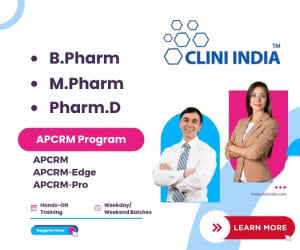FORMULATION, DEVELOPMENT AND OPTIMIZATION OF FAST DISPERSIBLE ORAL FILMS OF DOMPERIDONE MALEATE
ABOUT AUTHORS:
Krupa Mehta, Nitu Changoiwala, Sanjay C. Modi, Dr. Mukesh C. Gohel, Dr. Rajesh K. Parikh
L. M. College of Pharmacy, Navrangpura,
Ahmedabad, Gujarat-380009, India
ABSTRACT:
Objective:
To Formulate, Develop and Optimize fast dispersible oral films of Domperidone maleate.
Materials and Methods:
Fast dispersible films of Domperidone maleate were prepared using solvent casting method. Films were formulated using Hydroxy Propyl Methyl Cellulose (HPMC-E5) as a film forming agent, PEG-400 as a plasticizer. A 32 full factorial design was applied systematically to optimize the drug release and folding endurance. The concentration of HPMC-E5 (X1) and concentration of PEG-400 (X2) were selected as independent variables.
The Percentage Drug Release in 5 minutes (Y1) and Folding endurance (Y2) were selected as dependent variables. The prepared films were evaluated for Thickness, Folding endurance, Tensile Strength, Disintegration time, In vitro drug release and Drug content uniformity. DSC studies were conducted for drug-excipient interactions.
Results: Films prepared were found to be of good quality fulfilling all the requirements. Regression analysis and numerical optimization were performed to identify the best formulation. Formulations F10 prepared with 2.7% HPMC-E5 and 20% PEG-400 was found to be the best formulation with 96% Drug release in 5 minutes and folding endurance 24.
Discussion: X1 and X2 significantly affected the Percentage Drug Release in 5 minutes (Y1) and Folding endurance (Y2). Percentage Drug Release decreased as the concentration of HPMC-E5 and PEG-400 increased. Folding endurance increased as the concentration of HPMC-E5 and PEG-400 increased.
Conclusions: Fast dispersible films of Domperidone maleate were successfully formulated by Solvent casting technique with immediate onset of action & improved patient compliance.




 ABOUT AUTHORS:
ABOUT AUTHORS: ABOUT AUTHORS:
ABOUT AUTHORS:  ABOUT AUTHORS:
ABOUT AUTHORS:







.png)

